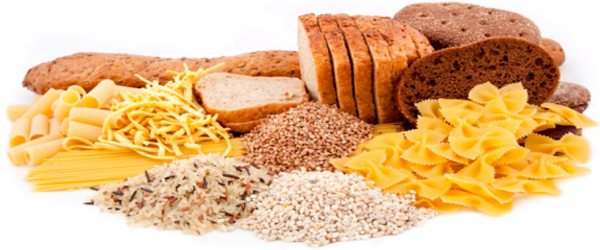IIFYM Planning For Winners

So you want to get in shape but have no idea how to plan your meals throughout the day. Follow the steps below to set yourself up with a successful nutrition plan suited to YOU.
Firstly, read this article ‘The Ultimate Guide to Flexible Dieting’ to set your macronutrient and calorie intake. Once you’ve completed that, see below. If you already know your calorie intake then let’s move on to some serious IIFYM meal planning!
Step 1. Eat protein with every meal.
If your protein goal is 150 and you want to eat 5 meals throughout the day, it’s best to split your intake up evenly into 30g blocks with every meal. That way you don’t get stuck at the end of the day having to eat 70g of protein before bed OR finish your protein goal too early in the day.

Step 2. Figure out when you want your carbs.
- Do you like your carbs spread out evenly throughout the day?
- Do you like your carbs early in the day?
- Do you like eating a sh*t load of carbs at dinner and for desert?
Remember your calorie and macronutrient intake is like a money budget. If you don’t spend it wisely it’ll come back to bite you in the ass!
The other thing to take into account here is when you train. If you train in the morning you may want to look at back-loading your carbs at night so that when you wake up to train you have some energy stored to perform at your best. If you train later in the day after work you might want to go easy on carbs early in the day so that you can utilize them around your workout time later in the day.

Step 3. How many meals do you want to eat?
Not everyone wants to eat 6-7 meals a day like a bodybuilder (keep in mind eating more smaller frequent meals does NOT raise your metabolism or help you lose more body fat in any way).
Figure out how many meals you can realistically eat per day and plan around that. If it’s 3 meals a day you can obviously afford to eat bigger meals, if it’s 6 meals a day you’re going to have to take a little more care when planning what you’d like to eat so that you don’t go over your calorie intake but so that you also still reach your macronutrient goals or as close to them as possible.
Step 4. Rotate your food sources to keep things interesting.
No one likes eating the exact same thing day in day out. That’s where flexible dieting allows you to change things up a little without sacrificing results. In fact it’s been shown that by having the freedom to change your protein, carbohydrate and fat sources semi-regularly people are 90% more likely to stick to their ‘diet’.

Some of my go-to choices from each macronutrient group:
Carbohydrates
- Rice (brown, basmati and long grain white)
- Potato (sweet and regular)
- Fruit
- Rice cakes
- Bagels and bread
- Low-fat ice cream
- Honey
- Oats and muesli
- Pasta
Protein
- Skinless chicken breast
- Lean steak
- Kangaroo
- Egg whites
- Greek yoghurt
- Whey protein
- Protein bars
- Grilled fish and tuna
Fats
- Nuts
- Cooking oils
- Nut butters
- Avocado
- Egg yolks
- Cheese (on occasion)
- Salmon
Step 5. Plan ahead… when you have to.
If I know I’m going out for a meal late in the day I’ll usually add in an estimated selection into myfitnesspal (or whatever app/method you’re using to track your intake) so that I know I won’t ‘accidentally’ blow out my calories. This entry often over-estimated so that I can create a bit of a calorie buffer, which allows me to eat almost any meal I choose without stressing or feeling guilty. The rest of the day is then simple, work with whatever calories you have left over putting and emphasis on reaching your protein goal over anything else.

Step 6. Be smart!
IIFYM is NOT a competition to see who can eat the most crap and post it on social media (I know, f*ck me right?!). The purpose of IIFYM or flexible dieting is to allow freedom in your food choices, which almost always leads to consistency and sustainability. Once you’ve reached your micronutrient targets (I recommend 1 piece of fruit and 1 serving of veggies for every 1,000 calories consumed) you can then relax a little and fit in some treats or foods that aren’t seen as being healthy or ‘clean’.
Something I like to say to clients is don’t eat what you can’t afford. And no, I don’t mean money. What I mean by that is that it would be stupid for someone eating 1,500 calories per day to eat a 1,000-calorie meal from McDonalds for lunch and then survive the rest of the day with just 500 calories. This person would be much better of eating 2 x 500 calorie meals that are high in volume and provide a high nutrient value.
Summary
IIFYM is a simple yet effective way of eating that works around your lifestyle, not the opposite. Make it work for you by following the steps above.
If you found this post helpful then help others out by sharing it on your social media.
On the other hand, if you have any macro/calorie friendly IIFYM recipes post them in the comments section below!



